Underwater launch systems: how to get out of the water into orbit or into space? (Ending)
Continuation of the first part:
Underwater launch systems: how to get out of water into orbit or into space?
-> A short preface-explanation to the second part (who is not interested under the spoiler, may not read)
Page 1+Page 2
Sea rocket-space system "Surf"
For a more complete coverage of the market of low-orbit apparatuses, a study of new rocket launcher schemes was carried out. One of them was a booster rocket, created by project "Surf".
The Surf rocket uses technologies previously developed by SLBMs: in the first stage, the RSM-52 rocket engine, the second and third stages use the RSM-54 rocket propulsion systems (P-29RMU2 "Sineva" (START code RSM-54, according to NATO classification - SS -N-23 Skiff)), the fourth sustainer stage and the fifth final stage are also based on the RSM-54 rocket technology.
The video clip dedicated to the "best in the world (in terms of energy and mass characteristics)" ballistic missile RSM-54 "Sineva":
The main carrier: submarines of the project 667 BDRM. Video launch missile SLUB "Sineva" / Missile launch R-29RMU "Sineva".
The energy capabilities of the Priboy missile satisfy the upper range of low-orbit payloads. According to preliminary estimates, at launch from the equatorial areas, it displays the payload, the mass of which (in kg), depending on the height of the orbit, is given in the table.

These capabilities of the Priboy launch vehicle make its development promising.
In 1993, a new impulse appeared in the works on “Surf”, which, firstly, accelerated the course of work and, secondly, supplemented the previously considered options for launching from a ground stand and a mobile craft. Such an impulse was the proposal of the American company Investors in Sea Launches, Inc. (President - Admiral Thomas H. Murer) to develop a commercial launch vehicle launching directly from the sea surface in very short terms to launch spacecraft of up to 2000 mass into space. 2500 kg. The water surface is a universal launching pad, which from many points of view provides the best starting system parameters. However, the practical implementation of such a start method is associated with serious technical difficulties.
The joint Russian-American commercial project was based on the “Surf” launch vehicle, in connection with which the project retained the name “Surf”. An agreement was reached on the development within three months of a conceptual engineering project for the rocket and the system as a whole. The design bureau was faced with the task of solving, in a short time, complex technical problems with the launch vehicle, its transportation to the launch site, the assembly of the rocket and its launch from the water surface. Since the rocket cannot be operated on the ground in assembled form, it was suggested to load it in parts on a ship and already on the ship to complete the assembly and testing of all systems, i.e. the ship had to be turned into an assembly shop. As a result of preliminary studies, two types of ships were selected: the landing ship of the “Ivan Rogov” type or the container ship of the “Sevmorput” type (Fig. 2, 3).
These ships with the necessary modifications will be able to take on board the components of several missiles, the equipment of the complex and the necessary technological and assembly equipment of the missiles.
To implement the proposed technology, it was necessary to develop a unique unit - a transport and launch platform, which has special devices for loading individual rocket parts and their subsequent assembly. Each of the devices, in addition to fastening and damping elements, has three degrees of freedom, which is necessary for centering the individual parts of the rocket relative to each other when assembling into uniform structures.
A general idea of the launch pad is given in fig. 4. The rocket assembled on this platform can be transported by ship to almost any point of the World Ocean.
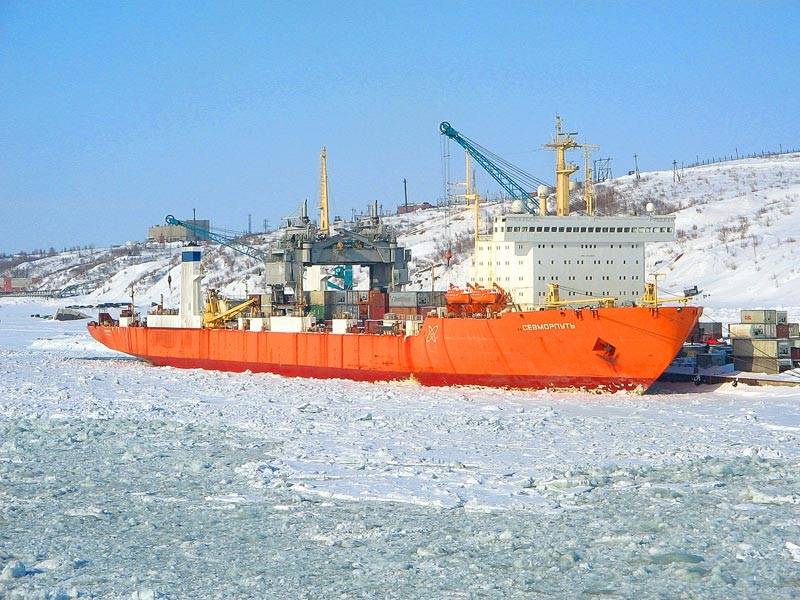
During the research, a large number of options to ensure the necessary positive buoyancy of the rocket were considered: from pressurized elastic balloon balloons to special sliding catamaran devices. As a result, a fairly simple solution was found: since the payload in any case had to be protected with a fairing, it partially solved this problem (free air volume under the fairing). On the other hand, ensuring the launch of a rocket engine in water, the design bureau came up with the need to install a special pallet in the tail section of the rocket, which, together with the front protective fairing, guaranteed the necessary positive buoyancy of the rocket.
It was necessary to choose the best way to evacuate the prepared rocket from the ship to the water surface. Of the many options for further analysis and choice left two.
The first method - for the ship "Sevmorput" (Fig. 5). The assembled rocket on the transport and launch platform was fed to the tilter installed in the stern of the ship, the platform on the tilter was fastened. The tilter transferred the platform from a horizontal position to a vertical one and then lowered the platform with a special elevator to the level of the natural position of the Surf rocket on the water. Later, the rocket was separated from the platform for free navigation on the water surface.
second method - the use of the airlock camera ship type "Ivan Rogov." The airlock, which houses the transport-launch platform with the assembled and prepared rocket, is flooded with sea water. When a certain level of flooding of the airlock chamber is reached, the rocket is separated from the platform (pops up), after which it is evacuated from the ship to the free sea surface with the help of a fusion vessel.
The second method was chosen as the main one.
Russian and foreign experience in the development of missile systems with an underwater launch shows that the launch of the rocket’s power tool at launch is carried out in a certain air volume (or cavity). This volume was organized earlier (with prelaunch preparation) or created directly at the start, i.e. when running individual elements of the propulsion system. This circumstance led to the need to install a special pallet on the stern part of the rocket (Fig. 6), which was already mentioned above. For normal horizontal navigation of the rocket and its subsequent transfer from horizontal to vertical, the volume of the pallet 8 - 15 m³ is sufficient.
To ensure engine start had to seriously complicate the pallet. As a result, on the “Surf” rocket it performs several functions:
- together with the front fairing provides a horizontal rocket floating on the free water surface,
- by filling the ballast tank, the missile is transferred from a horizontal to a vertical position,
- due to the use of the gas generator after the separation of certain parts of the pallet organizes the necessary gas volume, which runs the main engine of the rocket.
Decisions on the launch system and the organization of the launch of the Surf from the water are illustrated in Fig. 7, 8.
A significant number of problematic issues were resolved by the “Priboy” launch vehicle itself. These problems are due to both the features of the rocket’s layout scheme, and the originality of the scheme for its passage and, most importantly, the launch. It is enough to limit the list of these questions:
- ensuring tightness of the onboard cable network;
- the creation of a sealed head fairing and its separation system, providing the required acoustic loads on the payload;
- solving the issues of ensuring the operability of the onboard control system of the rocket during operations that were previously absent in the logic of operation (evacuation of the rocket from the airlock of the ship, bringing the rocket into an upright position) performed in autonomous navigation and time components to 10 minutes;
- development of a rocket remote start system.
During the development of the conceptual engineering project, we managed to solve the main technical problems and show the possibility of creating a commercial maritime rocket-space system with fundamentally new schemes of launch vehicle elements, launch system and launch organization.
In the future, the program to create the PR Priboy had to be closed due to lack of funding.
For the same reason, the re-equipment for the NSC space tasks at the Nenoks site, where new versions of SLBMs were previously tested, was discontinued.
Note: for OCR "Priboy" a patent of the Russian Federation RU2543436 "Pseudo simulator of the launch complex" was developed and executed.
The disadvantages of the prototype ("Surf") is that the ship "Ivan Rogov" is a military surface landing ship, and the possibility of finding on board of ballistic missiles assumes that its location is being monitored, and, therefore, this ship will be attacked first turn. The rocket evacuation and preparation for launch takes a long time, while the rocket will be relatively close to the ship and, most likely, when attacking the ship, it will be impossible to launch the rocket.
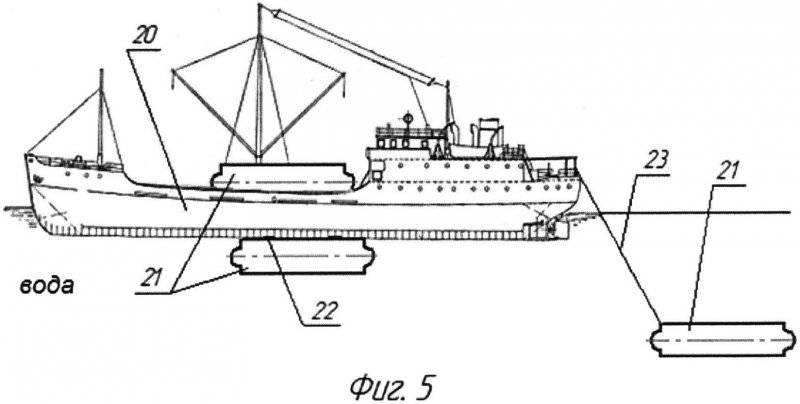

Simulator ammunition:
Truly verb:
as they start collecting, the Kalashnikov assault rifle or tank goes anyway.
It should be noted that in the USSR a similar program was launched as early as August 1964 of the year - the rocket ship designed on the basis of the ice vessel of the 550 project “Aguema” received the working name “Scorpion” (the 909 project):
On board should have been eight PU missiles P-29, and the appearance differed only by the presence of additional antennas. According to the calculations, patrolling the Arctic waters of the Soviet Union, such a vessel could hit its missiles facilities almost throughout the US.
In addition, TsKB-17, already on its own initiative, also designed a rocket launcher disguised as a hydrographic vessel (1111 project, “four stakes”). The first vessels in the series of these projects in 1964 prices of the year would have cost the state budget 18,9 and 15,5 million rubles, respectively.
It’s funny, but the “peacemakers” of the Americans already in 1963 proposed the NATO countries to create a whole flotilla such "ships with a surprise" based on transports of the Mariner type.
/ again "moved out" from the topic /
Sea rocket-space system "Rickshaw"
With the expectation of a long-term perspective, the SRC “KB them. Academician V.P. Makeeva ”together with NPO Energomash, Design Bureau of General Mechanical Engineering, NPO Automation and Instrument Making and the Krasnoyarsk Machine-Building Plant State Enterprise started the development of the Riksha rocket-space complex designed for launching small-class spacecraft — this is the third direction of our space activity.
Analysis of the promising market for space services shows that small and large spacecraft dominate in foreign and Russian space programs, designed for low-orbit communication systems, Earth sounding, research on near-Earth space, and the implementation of space technologies. The growing interest in small spacecraft is largely due to their advantages such as low cost, the speed of creation and deployment, the ability to quickly respond to the latest scientific and technological achievements and market needs.
In order to be most fully demanded in the market for launch vehicles (10 - 15 launches per year), the launch vehicle must ensure the removal of communication satellites (voice messaging) weighing about 800 kg into orbits up to 800 km, observation satellites 350 - 500 kg into orbits with a height of 500 - 800 km, returned satellites with a mass of about 1000 kg into orbits with a height of 350 km.
Small class spacecrafts, due to the variety of tasks they solve, require launching into orbits from equatorial to sun-synchronous. Covering such a wide range of orbital inclinations with stationary complexes from the territory of Russia is problematic. The task can be solved by a transportable complex based on a light-class launch vehicle. In addition, it is necessary to note the recently increased requirements for the environmental safety of rocket and space technology, the cost of its creation and operation. From this point of view, it is very promising to use liquefied natural gas paired with liquid oxygen as an oxidizing agent for launch vehicles as a fuel, which allows:
- to achieve high energy and overall mass characteristics of the rocket;
- use liquefied natural gases of other countries - potential consumers, which will increase the market attractiveness of a commercial launch vehicle.
The Rickshaw complex is being developed as a means of launching into near-earth orbits and suborbital trajectories of light-duty spacecraft for various purposes from any pre-defined land and sea areas.
The main idea of the development of the Rickshaw complex is maximum satisfaction of the needs of launch customers. On this basis, the complex is being built in a transportable design, which allows realizing a wide range of orbital inclinations with optimal energy costs for removing payloads and using the territory of the countries-customers (at their request) for launching. For the Rickshaw complex, two versions of launch systems with unified subsystems are provided (Fig. 2):
- stationary pre-fabricated launch complex with maximum factory readiness of the systems and using the infrastructure of the existing Russian landfills (Svobodny, Plesetsk) and foreign landfills;
- marine complex using retrofit large fish trawlers project 1288.
The launch vehicle incorporates two marching stages. Depending on the tasks it can be equipped with an apogee propulsion system. On the march steps, modifications of the same rocket engine are used. At the first stage, a package of six engines is assembled, at the second stage one engine is installed. The fuel tanks of the first and second stages are all-welded wafer construction made of aluminum-magnesium alloy. Dividing bottoms are single-layer. The manufacture of such structures has been mastered by the Krasnoyarsk Machine-Building Plant. The onboard equipment of the control system is placed in a sealed instrument compartment with the possibility of its replacement at the starting position. The missile control system is inertial with correction by external reference points (Navstar and Glonass systems). The payload is under the fairing, the design of which provides its dust and moisture protection and has hatches for supplying pneumatic and hydraulic lines to the payload systems and making electrical connections with ground equipment. The volume of the payload zone 9 m³.
The design of the rocket, the length of which is 24,5 m, diameter 2,4 m, starting weight 64 t, introduced a number of original technical solutions (lack of inter-tank and interstage compartments, placement of engines in fuel tanks), which proved themselves in ballistic missiles of submarines of several generations and allow: reduce the passive mass of the rocket and thereby increase its power supply; simplify the process of cooling the engine before starting; improve rocket stiffness parameters as an object of stabilization; use existing vehicles to transport the launch vehicle; reduce the size of the rocket and vehicles.
In fig. 3 shows the power capabilities of the launch vehicle:
The Rickshaw-1 launch vehicle can output both foreign space vehicles and a significant part of modern and promising Russian-made vehicles. When creating the Riksha-1 launch vehicle, modernization opportunities are laid. Thus, equipping the rocket with two side accelerators based on first-stage tanks ensures that a payload weighing up to 4 tons is put into near-earth orbit.
Afterword:
It is a pity (from an engineering and economic point of view) that these rocket and space systems were not fully implemented.
There were three reasons for this:
1. Ecological component:
"Saga of rocket fuels, the reverse side of the coin"
I can imagine how farts were torn "Greenpeace" и Bellona, and the latter would have howled like a beluga from such a perspective.
Still, the "wet start" of the SLBM is not environmentally friendly enough.
2. The collapse of the USSR and the reduction in the need to put into orbit a large number of military and civilian satellites.
3. Some satellites and components can be launched exclusively from the manufacturer / customer start.
- The law of high-tech export conditions from 1979;
- Military items controlled by the United States List of Armaments (US Munitions List)
- Dual-use goods, the list of which is determined by the US Trade Control List (Commercial Control List).
And, as is known, only the specialists of the manufacturer prepare the launch vehicle for launch.
"To give in the hands of" specialists of one of the most formidable enterprises of the military-industrial complex of the USSR high technologies - not everyone will decide on this.
4. Big competition from Russian and Ukrainian manufacturers of rocket technology.
Everything I have explained explains why the “GRTS Makeev” celebrates not only the days: the birth of the modern Russian rocketry, the machine builder, the rocket forces and artillery, the submariner and the day of the chemist, but quite well-deserved 12 of April, Miass rocket designers consider their professional holiday.
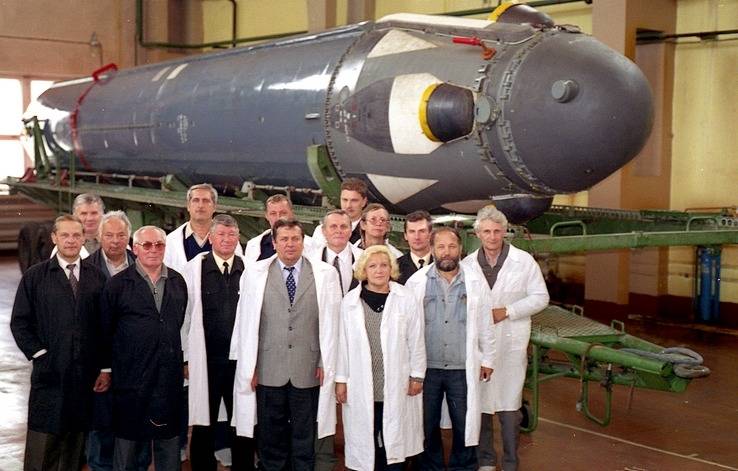
With what I heartily and congratulations in advance.
Original sources and quotes:
[1]Rock and roll under the Kremlin. Book 4. Another spy / Koretsky DA
[2]USSR foreign policy in the second half of the 1980-ies. / Voloshina V. Yu., Bykova A. G. Soviet period of the Russian stories (1917-1993)
[3]Vitaly Vladimirovich Klitschko - quote.
* I didn’t write anything new, I just put together and added photos and videos.
* Reconfine technical terms and good text, no point.
Basically everything is borrowed from:
SRC "KB them. Academician V.P. Makeeva "I.I. Velichko, N.A. Obukhov, G.G. Full, A.P. Shalnev "SEA ROCKET-SPACE SYSTEM"
Press Service of the SRC "KB them. Academician V.P. Makeeva
"Launch vehicles based on ballistic missile submarines" © Ivan Tikhiy 2002 year
Photos of video, graphics and links:
TV channel STAR
www.miasskiy.ru
www.navsource.org
www.makeyev.msk.ru
www.img-fotki.yandex.ru
www.niskgd.ru
www.cableman.ru
www.habrastorage.org
www.studfiles.ru
www.ntpo.com
www.rosatomflot.ru
www.navsource.narod.ru
www.arms-expo.ru
www.fishki.net
www.makeyev.ru
www.topwar.ru
www.zonwar.ru
www.igordiksa.com
www.sovtime.ru
www.yaplakal.com
www.militaryrussia.ru
www.fas.org/nuke/guide/russia/slbm
www.directory.eoportal.org
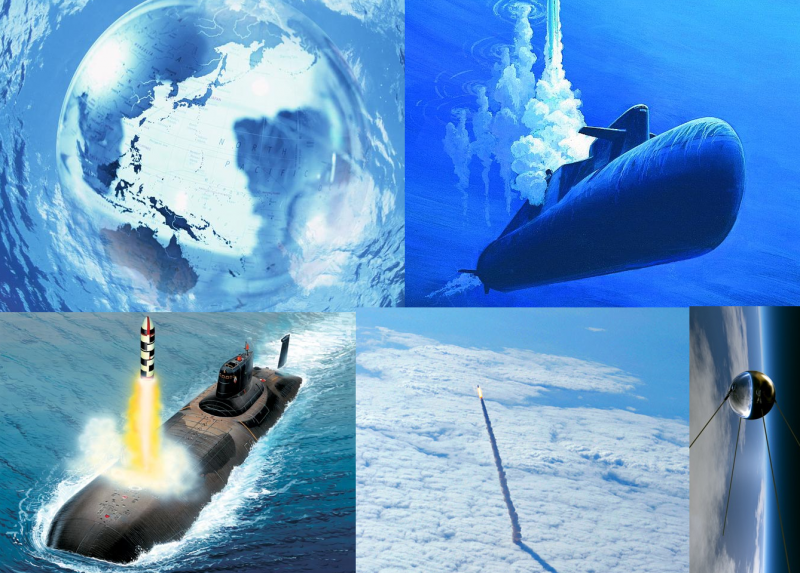
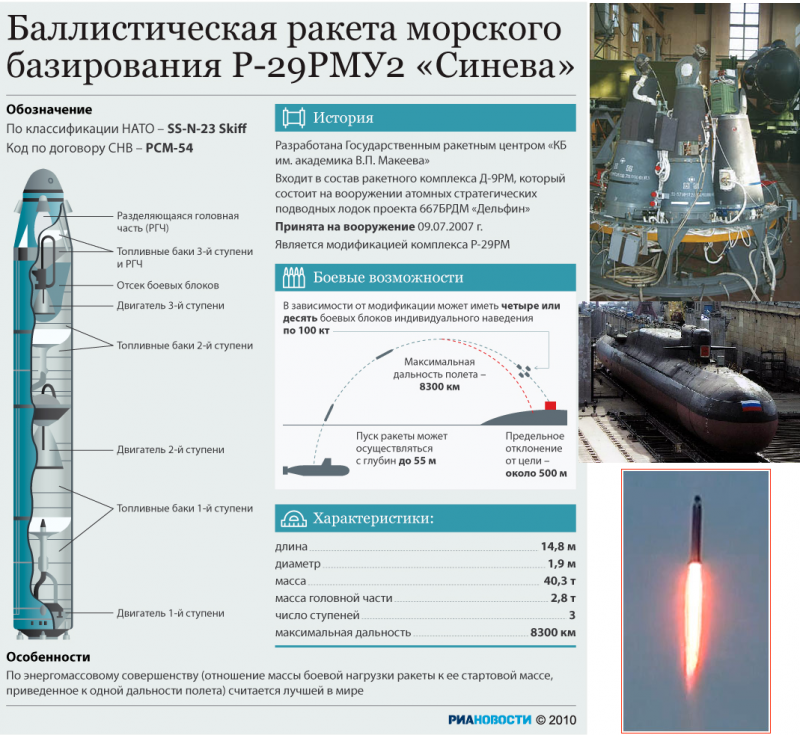
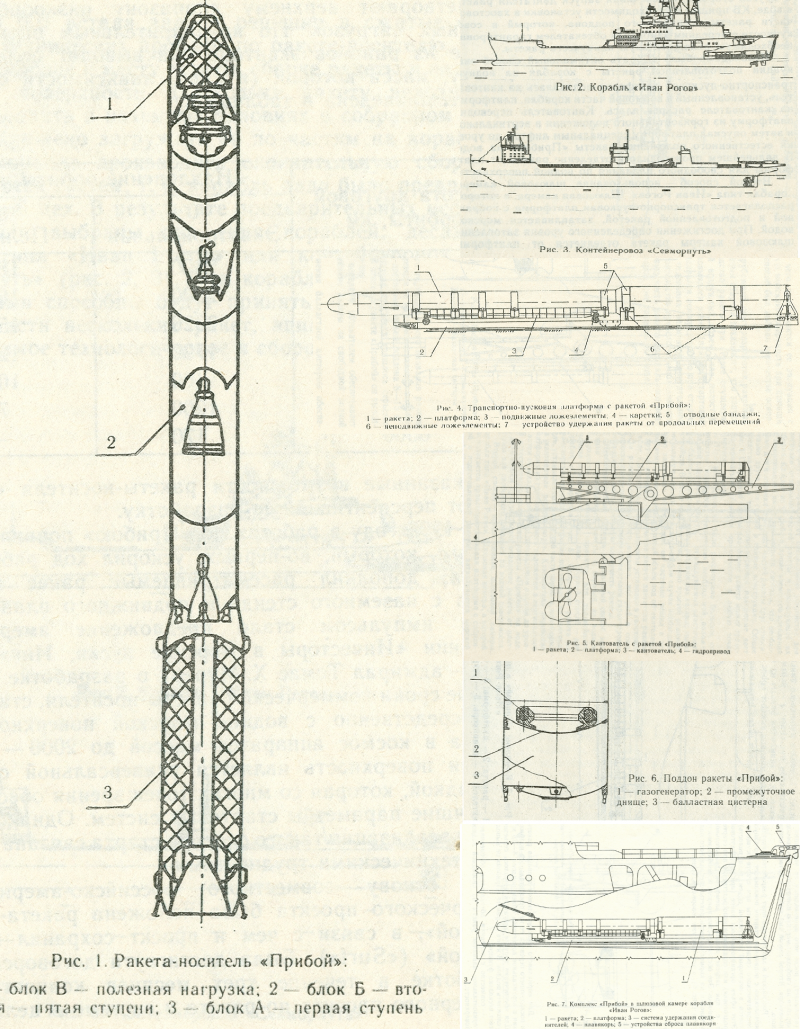
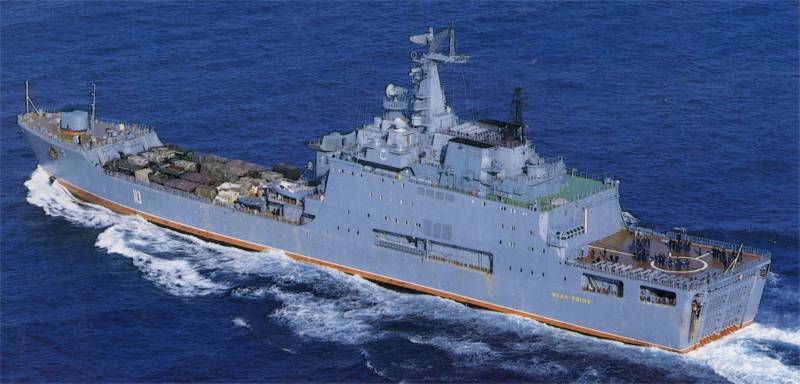
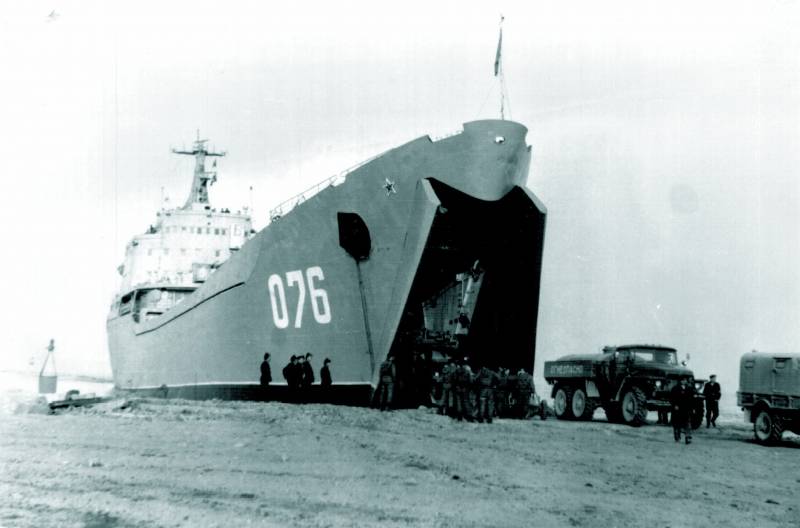
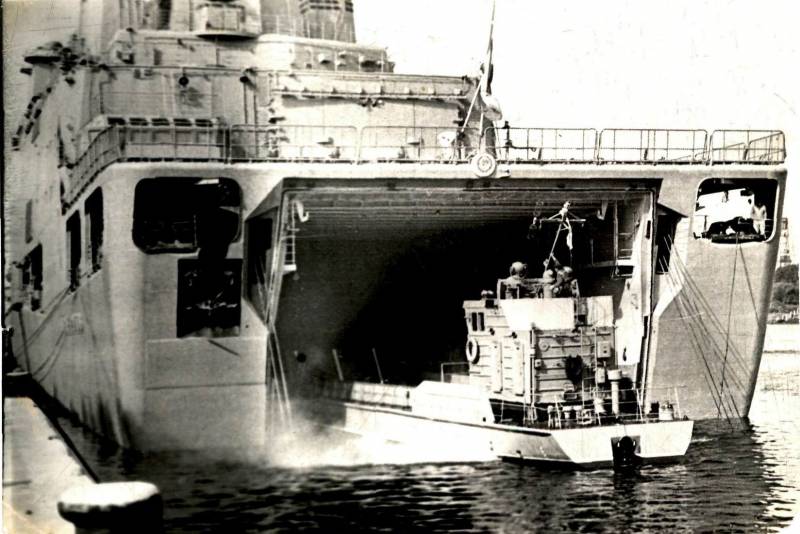
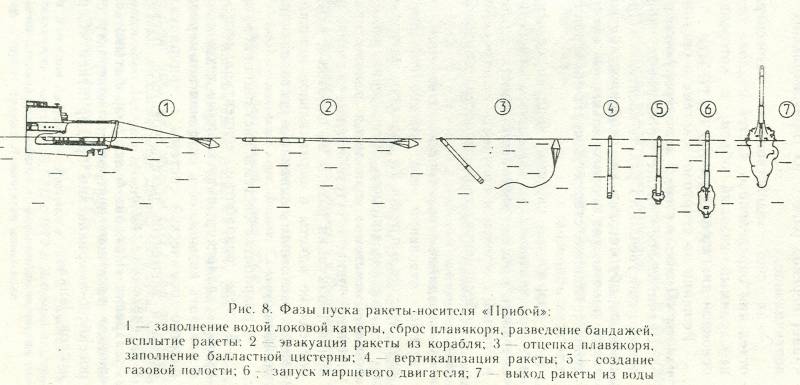
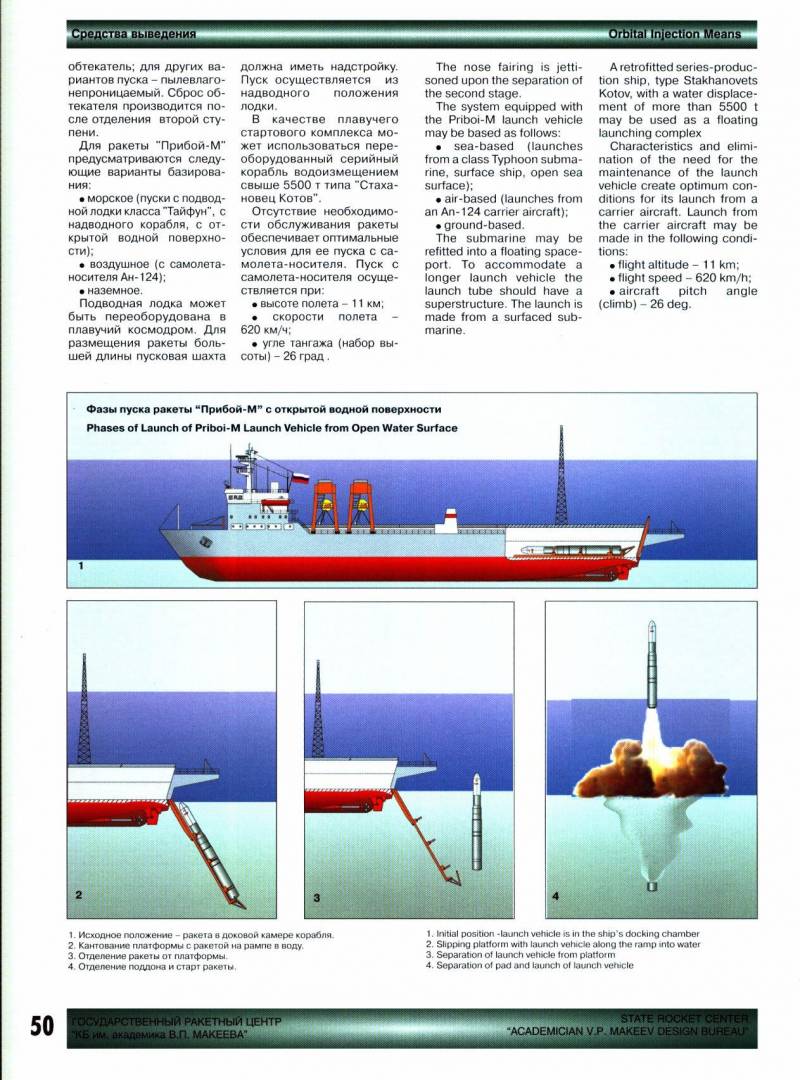


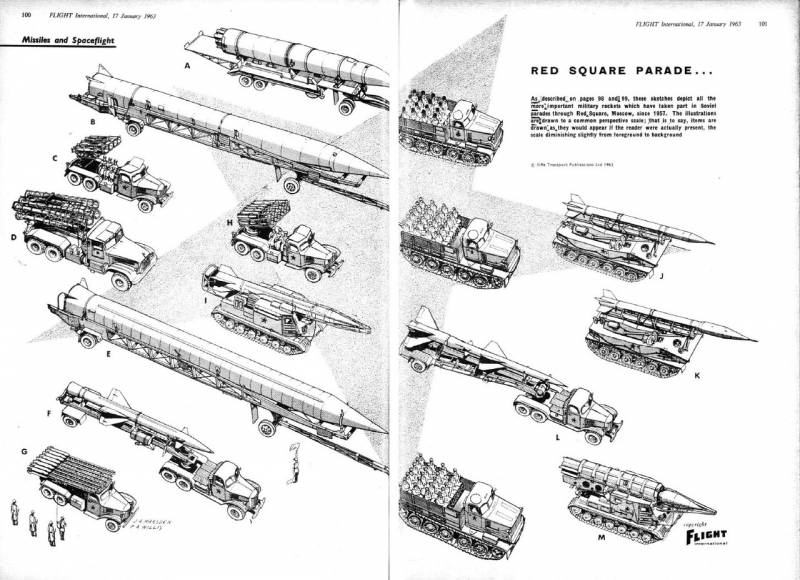
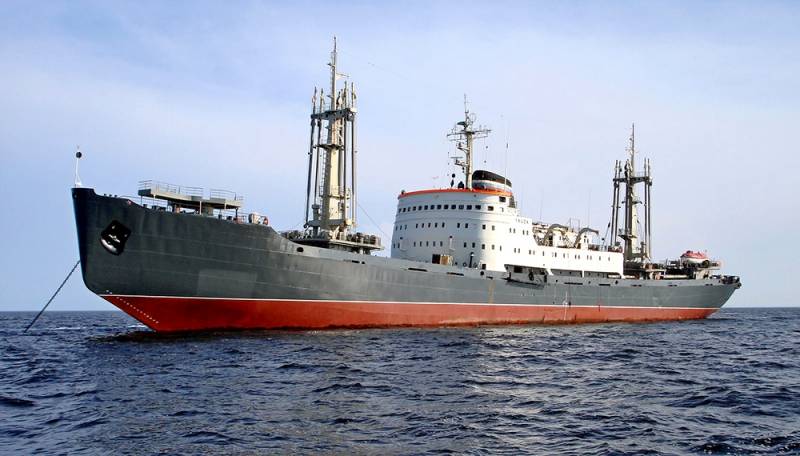
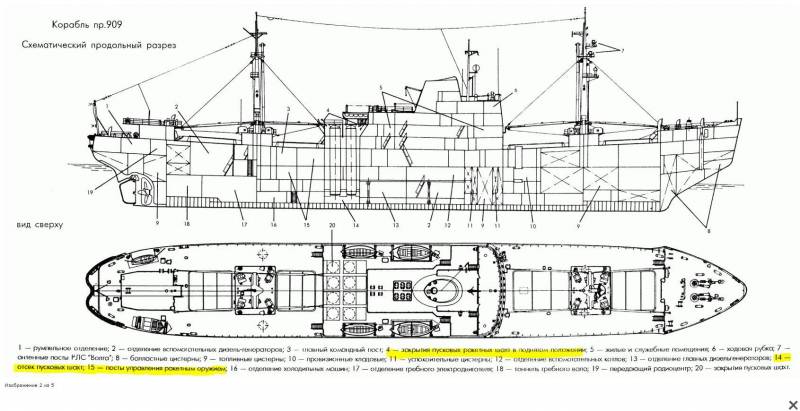
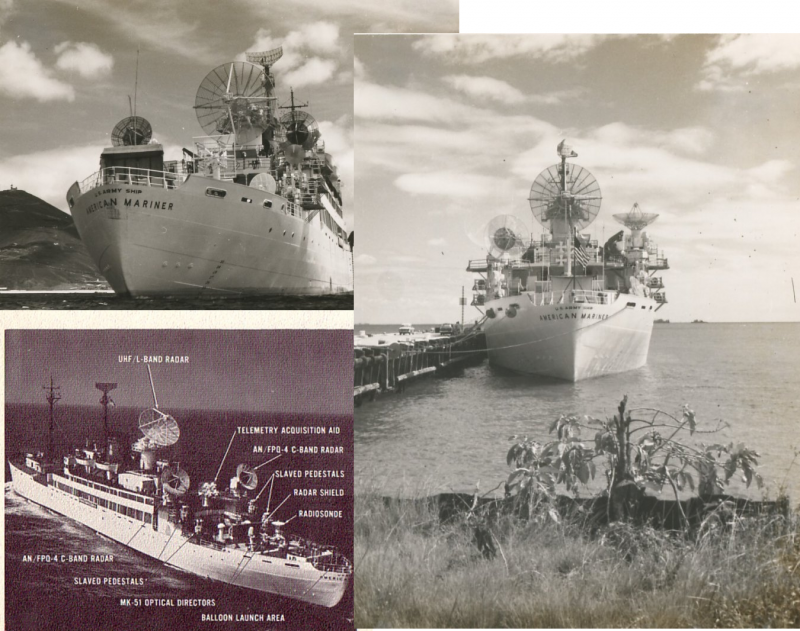
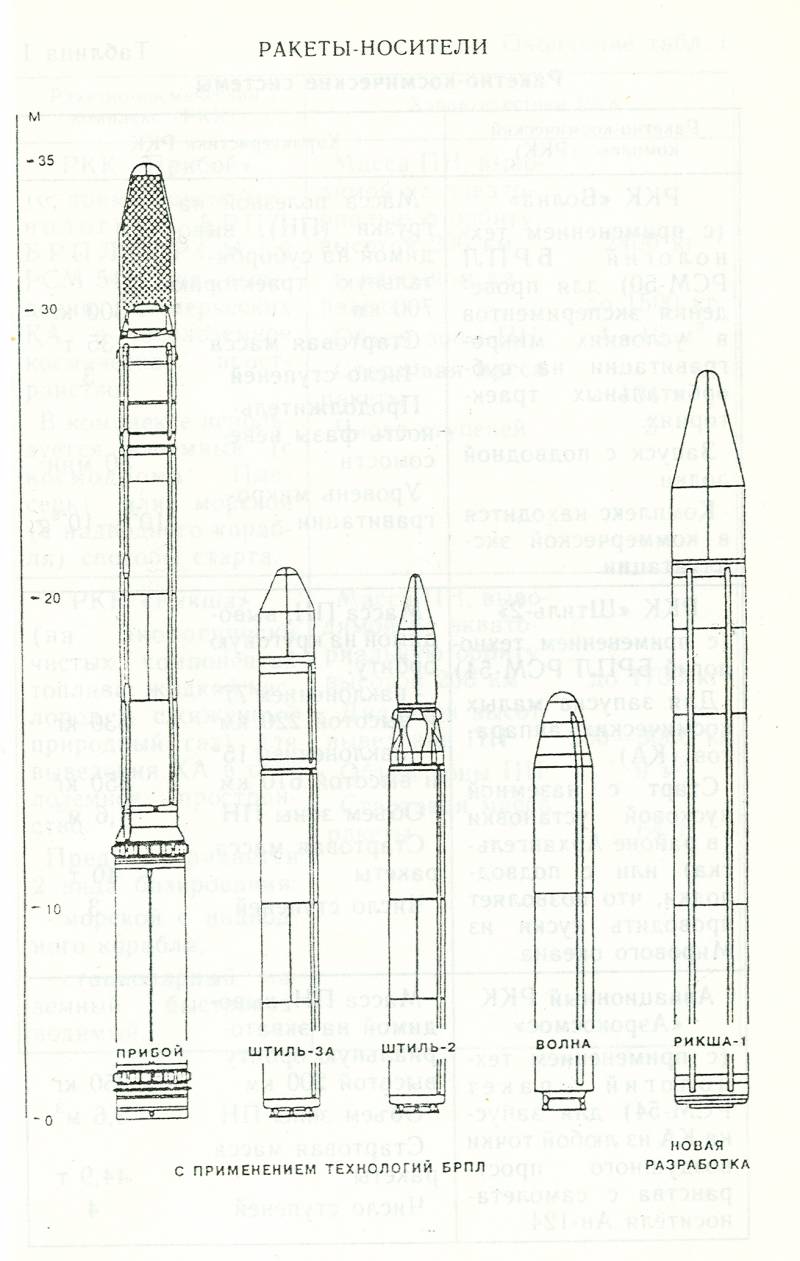
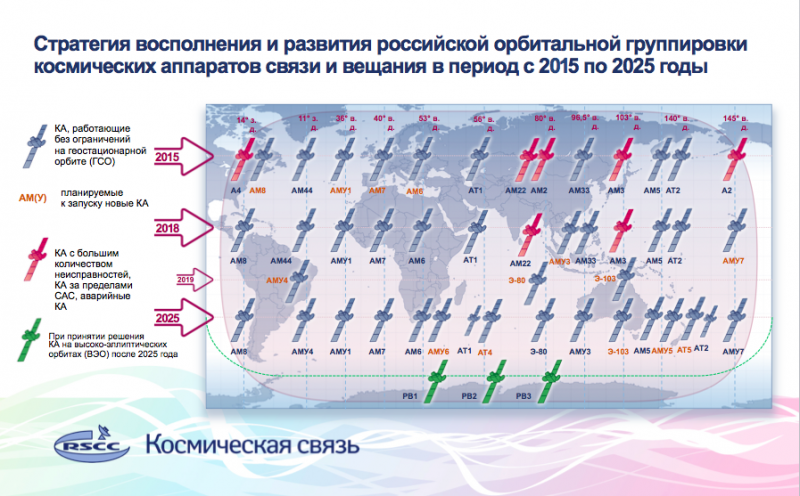


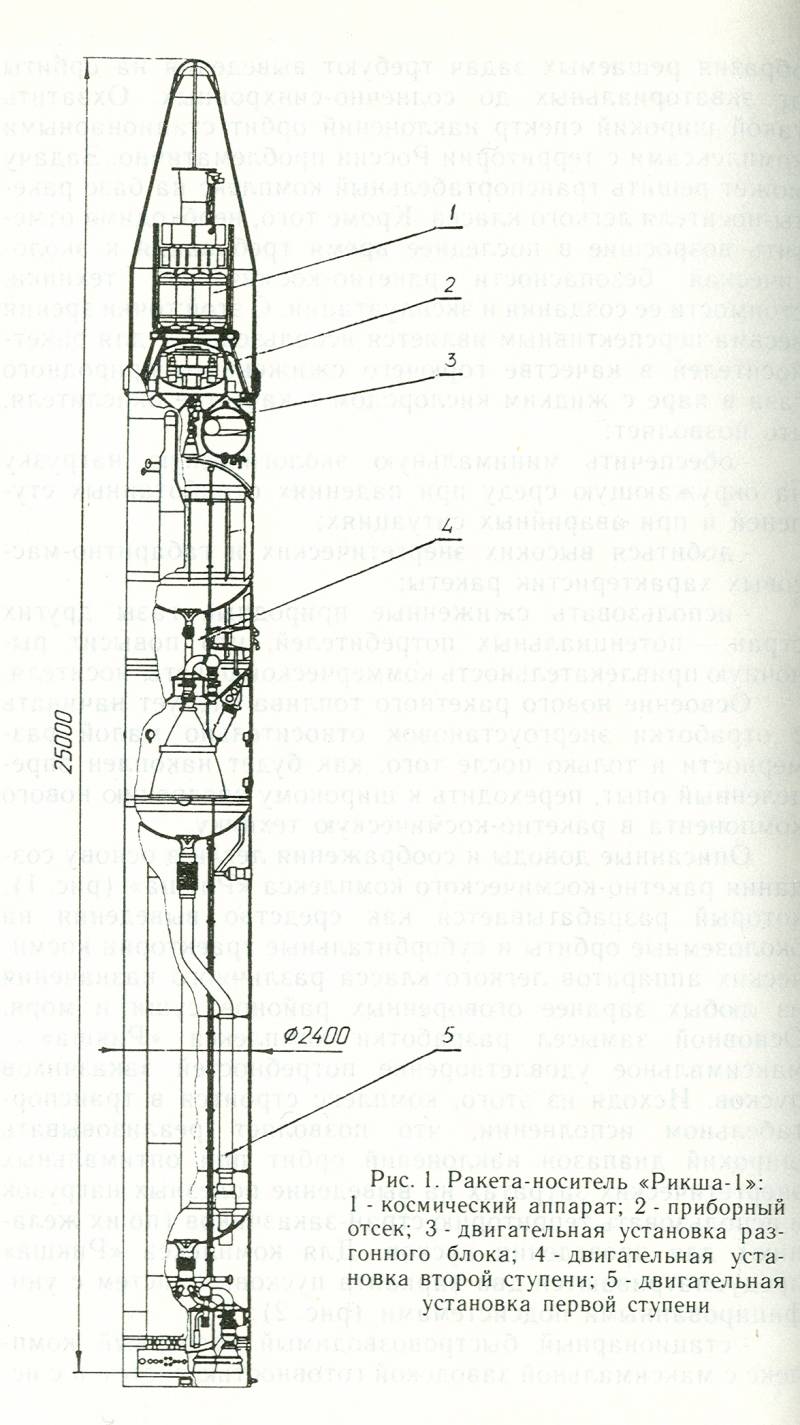





Information